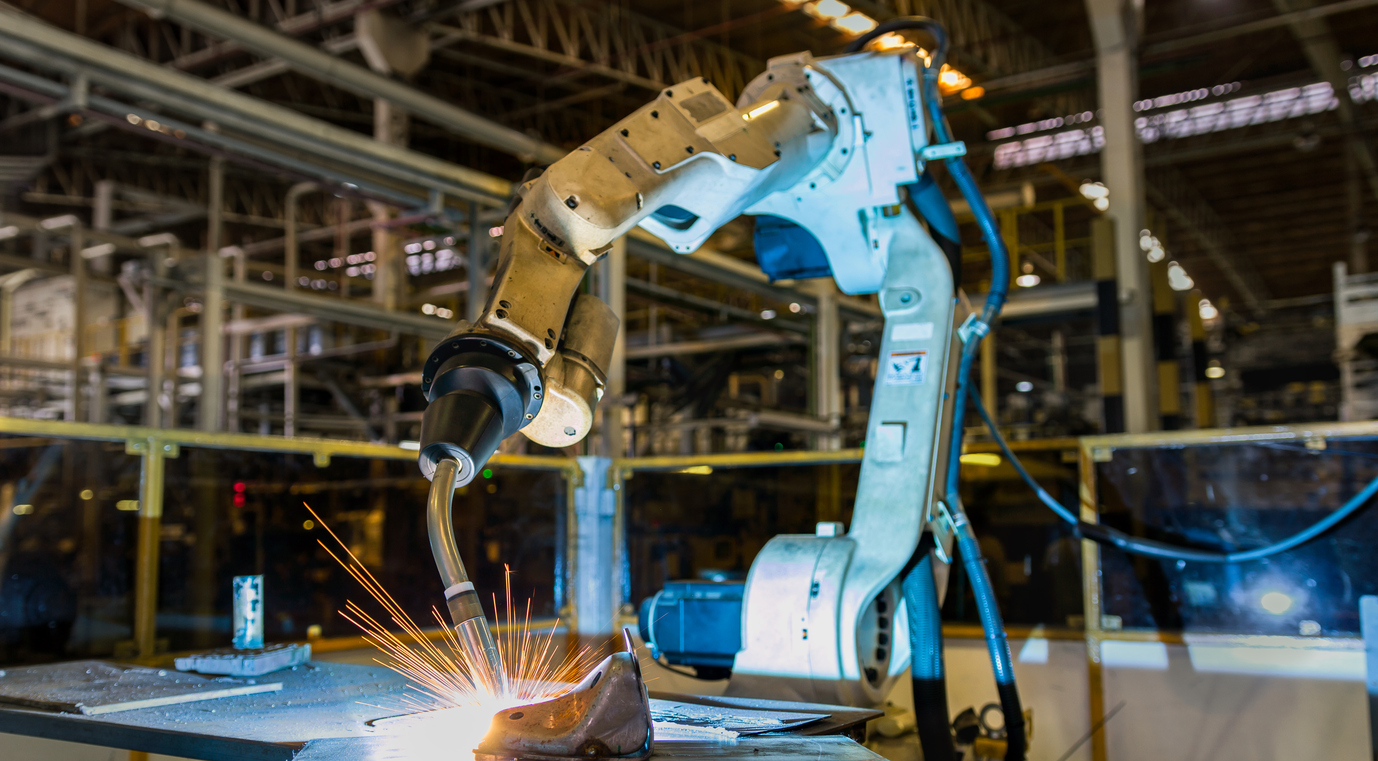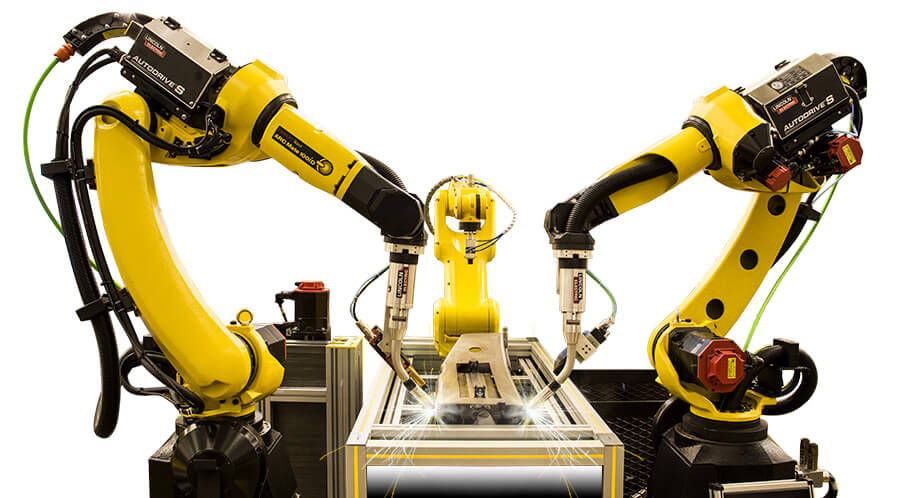What is the difference between robotic and manual welding? Automation has significantly impacted many industries over the years, with welding at the forefront of technological advancement. Despite this, manual welding remains an integral part of any vital construction process – but where do robotics come into play when it comes to joining two materials together?
In this article, we’ll dive deep into the differences between traditional manual welders and robotic welders by looking at their pros and cons, as well as highlighting key factors that need consideration before purchasing a robotic or manual welding machine.
What Is Manual And Robotic Welding?
Manual and robotic welding are some of the most popular methods today to combine materials, such as thermoplastics, with steel or other alloys. The technician uses a torch or arc to heat up and bond the different materials together when utilizing manual welding. Robotic welding is on the cutting edge of technology, where an automated machine does all the work for you. You get a stronger, more consistent weld than manual welding, which helps eliminate errors and waste from projects.
Both approaches can be used in various applications, but it’s clear that a welding robot offers tremendous advantages over manual welding when it comes to precision and reliability. Regardless of which approach is adopted for your specific project needs, modern welding technologies provide professionals with powerful tools to create reliable materials bonds with accuracy and efficiency.
What Are The Advantages And Disadvantages Of Manual Welding?
Manual welding has been around for decades and is still used in many welding operations. The main advantage of manual welding is its relatively low cost since it does not require purchasing or maintaining expensive robotic welding equipment. Additionally, manual welding gives welders greater flexibility to adjust welding parameters on the fly, which can be helpful when welding different types of materials with varying characteristics.
On the other hand, manual welding also has its drawbacks as it can often be more time-consuming than automated techniques and requires more skill from a qualified welder. In addition, welders are exposed to fumes and heat during manual welding processes—which can be dangerous if proper safety precautions are not taken.
What Are The Advantages And Disadvantages Of Robotic Welding?
Robotic welding offers many advantages that manual welding cannot. Automation allows welders to program welding parameters in advance, reducing welding time and improving welding accuracy. Additionally, robotic welding also reduces the need for a welder to be present during the process—which not only increases safety but can also help to reduce labor costs associated with having an experienced technician on-site.
However, robotic welding is often more expensive than manual welding due to the cost of purchasing and maintaining the equipment. Furthermore, while robotics offers greater precision than manual welding, they may need help with complex shapes or delicate materials, which require more skilled welders to do manually.

What Factors Should You Consider Before Purchasing A Robotic Or A Manual Welding Machine?
When deciding between manual or robotic welding, many factors should be considered. The type and size of the weld being made and the material it is being applied to help determine which approach is best suited for your needs.
Cost is undoubtedly another factor to consider—with robotic welding often being more expensive than manual, depending on the size and complexity of your project. Additionally, you will want to ensure that your chosen welding machine can meet any safety requirements required by your company or industry.
Finally, you will also want to consider any particular skill set required when using either welding machine—as manual welding tends to require more extraordinary skills. In contrast, robotic welding may require more programming knowledge to use effectively. Considering all of these factors should help you make an informed decision about which type of welding machine is best for your particular project.
What Safety Precautions Should You Take When Welding?
Regardless of which type of welding machine you use, there are many safety precautions that all welders should take. It is vital to wear protective gear such as gloves, masks, and eye protection to protect yourself from fumes and radiation exposure. You will also want to ensure that your work area is well-ventilated and adequately lit to prevent accidents or injuries.
Additionally, it is essential that your welding machine is correctly grounded before beginning any welding project—as this will help reduce the risk of electric shock. Understanding these safety protocols can save you time, money, and potential injury, so it’s always best practice to follow them.
Conclusion
Welding is a complex process that requires precision and specialized skill to be done correctly. Whether you go with robotic or manual welding, there are many factors to consider when selecting the best approach for your project. Before making your final decision, cost, safety protocols, and any particular skillset requirements should all be considered.








More Stories
Level Up Your Creativity: Kling AI Announces Huge Black Friday Discounts
Yocan Kodo Lion Kit: The Ultimate Vaping Experience – A Symphony of Flavors and Purity
Yocan Black Unveils Next-Generation Vaporizers: Innovation and Quality at the Forefront